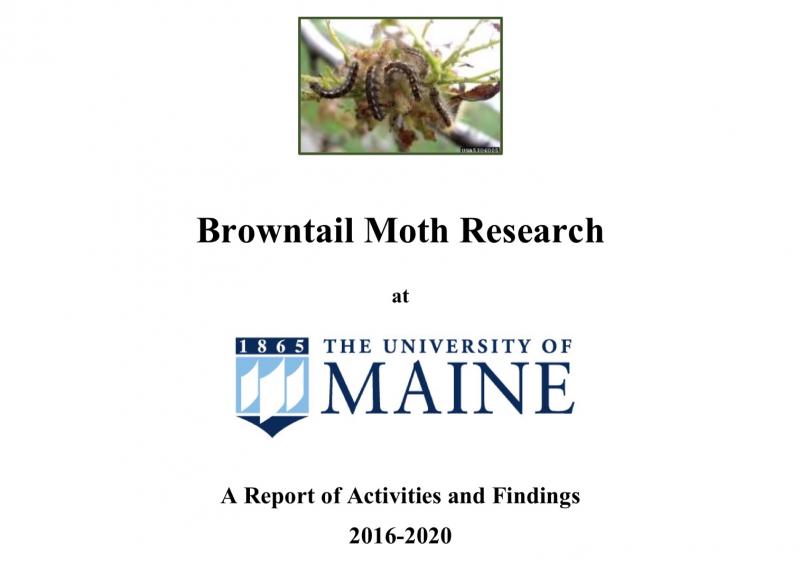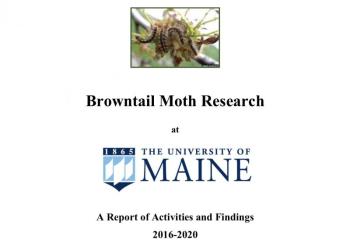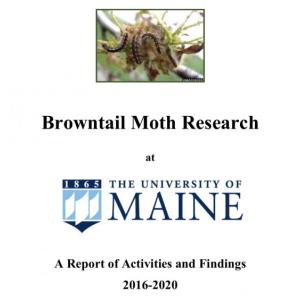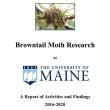New UMaine Browntail moth report sheds light on how the scourge began, and where we are heading
Did you know that when the Browntail moth first spread across the North East, at the turn of the 20th Century, there was a tremendous effort to contain them, including the use of, “insecticide spraying, biological control, public action initiatives, and changes in the landscape,” according to a new report from UMaine. But, cold winters, as was the norm then and not now, still did not kill the larvae. The struggle to contain the moths for the sake of human health and certain tree species was just as arduous as it is today.
The latest academic study, “Browntail Moth Research at the University of Maine: A Report of Activities and Findings 2016–2020,” was released June 15. It provides a broad and thorough overview of how the scourge began, and details current efforts to destroy the moths, while peering into the future.
The group of University of Maine researchers, led by faculty in the School of Biology and Ecology, investigated the spread of the pest from coastal communities to nearly all of Maine’s 16 counties.
Event Date
Address
United States
























